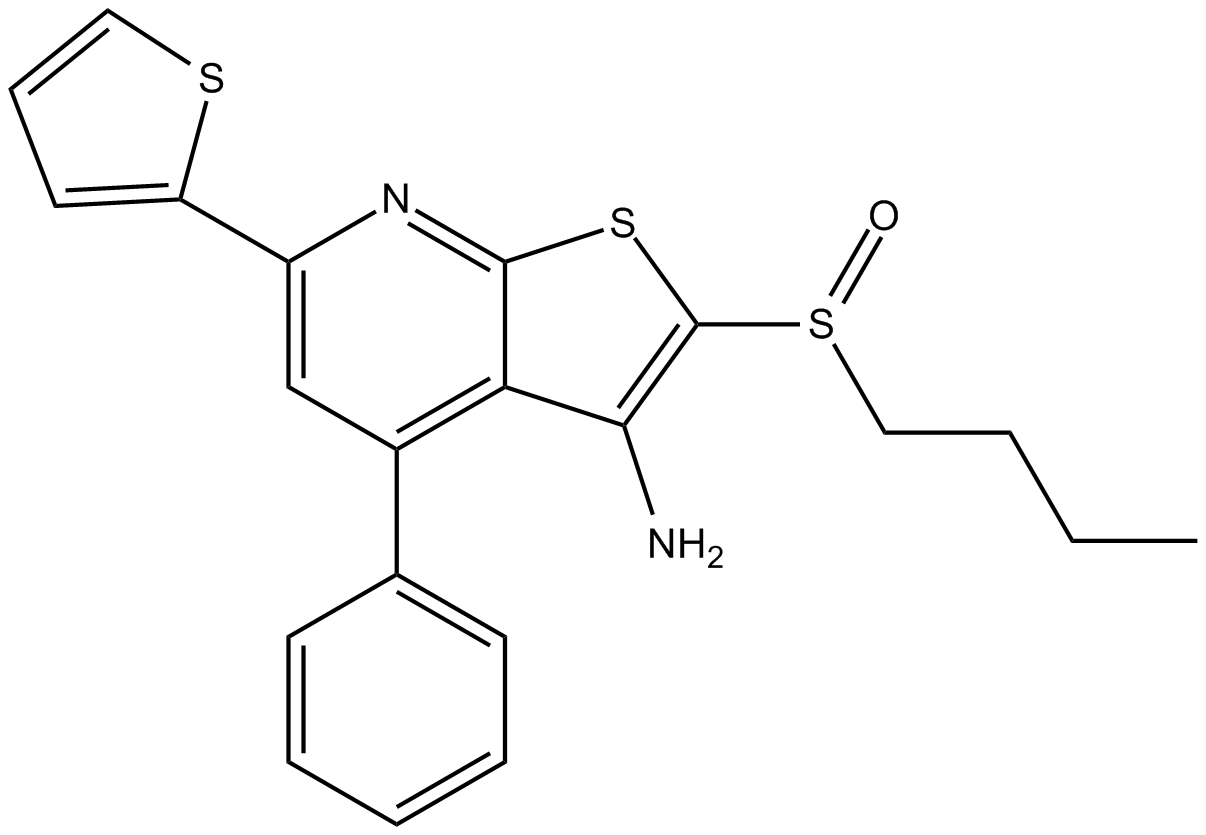SW033291 |
| Catalog No.GC14441 |
15-PGDH enzyme inhibitor
Products are for research use only. Not for human use. We do not sell to patients.

Cas No.: 459147-39-8
Sample solution is provided at 25 µL, 10mM.
SW033291 is a potent inhibitor of 15-PGDH enzyme with IC50 value of 1.5 nM and dissociation constant Ki app value of 0.1 nM. SW033291 inhibits 15-PGDH with noncompetitive pattern. SW033291 shifted the 15-PGDH melting temperature by 13.5°C. [1]
Treatment of A549 cells with SW033291 increased PGE2 levels by 3.5-fold at 500 nM, with EC50 value of ~75 nM. In CD45 cells, SW033291 treatment induced a greater than four-fold increase in expression of CXCL12 and SCF. In SKL cells, SW033291 had no significant effects on expression of CXCL12, SCF, CXCR4, survivin, or JAG1. SW033291 also increased cyclic AMP levels in CD45 cells. SW033291 treatment increases the expression of cytokines from the hematopoietic niche. [1]
The phenotype of mice injected with SW033291 closely matched with 15-PGDH knockout mice (10mg/kg). SW033291 induced a two-fold increase in PGE2 levels in bone marrow, colon, lung, and liver. Importantly, no toxicity was induced by injecting SW033291 for inhibition of 15-PGDH in adult mice. Mice injected with SW033291 exhibited many good benefits, such as doubling peripheral neutrophils, a 65% increase in marrow SKL cells, a 71% increase in marrow SLAM cells, and 55% increases in the numbers of hematopoietic colonies. [1]
Reference:
1. Zhang Y, Desai A, Yang SY et al. Inhibition of the prostaglandin-degrading enzyme 15-PGDH potentiates tissue regeneration. Science. 2015 Jun 12;348(6240). pii: aaa2340.
Average Rating: 5 (Based on Reviews and 17 reference(s) in Google Scholar.)
GLPBIO products are for RESEARCH USE ONLY. Please make sure your review or question is research based.
Required fields are marked with *




















